Implantable port risk factors for complications – full text

“The objective of this study is to assess the port complications and risk factors for complications in GC patients with PM” Yang et al (2020).
Catheter-related bloodstream infection in palliative care patients

“The highest incidence proportion of CRBSI (31%) was found in a home care team where patients had been trained to disconnect themselves from the PN drip” Schedin et al (2020)
Scalp vein catheterization and stabilization – Full Text

“Scalp veins in neonates/infants typically have less overlying subcutaneous fat compared to other peripheral sites to allow easier visualization and cannulation” Doyle et al (2020).
Preventing venipuncture pain with hypnotic communication techniques
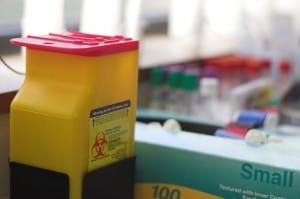
“The purpose of this study was to test the feasibility of a training in hypnotic communication techniques (HCTech) for pediatric nurses to prevent procedural pain and distress in children during venipunctures”
What is the ideal flushing interval for totally implantable ports?

“This editorial extensively discusses the flushing methods of TIVADs highlighting the need for important and substantial changes, both in extending the range of flushes and in the solutions and methods to be used” Bertoglio (2020).
CLABSI reduction with disinfecting venous access caps

“The introduction of antiseptic barrier caps in this high-risk population did not significantly alter CLABSI rates” Cruz-Aguilar et al (2020).
Development of antiadhesive surfaces for central venous catheters

“This review is focused on the main strategies that are able to modify the physical or chemical properties of biomaterials, leading to the creation of antiadhesive surfaces” Faustino et al (2020).
Central venous catheter thrombosis in cancer – Full Text

“This work explored rates of CVCT in a general cancer population, observing increased rates in those with PICCs or increased body mass index” Haggstrom et al (2020).
Minimum dataset for vascular access device research

“We developed and internally validated a minimum dataset for vascular access device research” Schults et al (2020).
Extravasation identification with a thermosensitive liquid crystal film

“This study aims to investigate the relationship between subcutaneous edema which is an early extravasation sign, and skin surface temperature using a thermosensitive liquid crystal film” Abe-Doi et al (2020).
Doppler artefact to aid ultrasound guided peripheral IV access
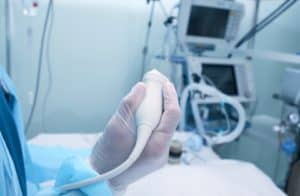
“In this study of utilizing TA to aid in USGPIV placement, students were able to achieve successful cannulation in a shorter amount of time” Gardecki et al (2020).
Current pedagogical approaches used in PIVC education

“The current undergraduate curriculum, related to management of patients with a PIVC, is disjointed and inconsistent and this inconsistency may negatively impact patient safety” Massey et al (2020).
Arterial catheter and CVAD use in pediatric intensive care units

“The admission ICU was more strongly associated with AC than with CVC placement” Mahendra et al (2020).
Postdischarge intravenous antibiotic therapy for children – Full Text

“Despite these overall reductions, substantial variation in PD-IV use by hospital remains in 2018”
Comparison of central catheter coatings and CLABSI rates

“A before-after-before direct comparison between catheters lined with chlorhexidine and silver sulfadiazine (CHSS) versus silver ionotrophes (SI)” Abouleish et al (2020).
Swine model for training ultrasonography-guided central venous access – Full Text
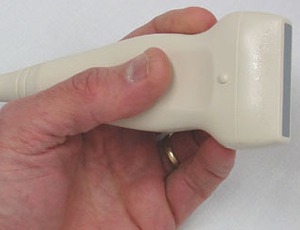
“The model was approved and considered appropriate for the training of central venous venipuncture by all the participants” Bertuol et al (2020).
Right-sided endocarditis following use of central venous catheter insertion

“We present a rare case of 2-sided infective thromboembolism from Staphylococcus aureus endocarditis involving both the eustachian and mitral valves” Mahamid et al (2020).
Posterior wall penetration of the internal jugular vein during central venous catheter insertion

“Posterior wall penetration of the internal jugular vein during central venous catheter insertion using real-time ultrasound” Lee et al (2020).
Retention of point-of-care ultrasound skills among practicing physicians
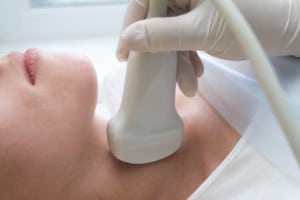
“Practicing physicians can retain POCUS knowledge and hands-on skills 8 months after participating in a 2.5-day POCUS training course” Schott et al (2020).
Peripheral intravenous education in North American nursing schools
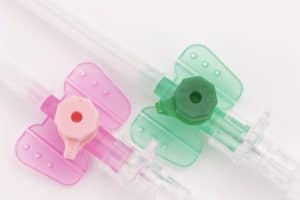
“This study aimed to explore PIV content coverage and clinical opportunities provided in U.S. and Canadian nursing curricula” Vandenhouten et al (2020).
Predicting needlestick and sharps injuries in nursing students – Full Text

“To develop an instrument to investigate knowledge and predictive factors of needlestick and sharps injuries (NSIs) in nursing students during clinical placements” Bagnasco et al (2020).
Recognition of red cell transfusion reactions by pediatricians – Full Text
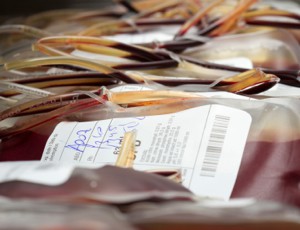
“Pediatricians have insufficient knowledge about red blood cell transfusions and recognition of transfusion reactions” Schaffhausser et al (2020).
Open access platform for augmented reality procedural simulators

“We describe the System of Modular Mixed and Augmented Reality Tracking Simulators (SMMARTS) open architecture” Lampotang et al (2020).
Central venous catheter care and maintenance in UK haemodialysis units

“A questionnaire was emailed to all other children’s haemodialysis units in the UK, which identified variations in practice and training” Barrett et al (2020).
Central venous catheter insertion in the prone position for critically ill COVID-19 patients

“We demonstrated feasibility of central venous catheter insertion in the prone position in these severely ill patients” Yang and Ng (2020).
Clinical experience of implementing oral versus intravenous antibiotics for bone infections – Full Text
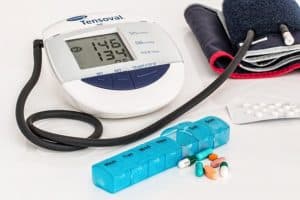
“The OVIVA trial findings can be safely implemented into clinical practice when patients on oral antibiotics are followed up by an established OPAT service” Azamgarhi et al (2020).
Factors contributing to needle stick injuries among new registered nurses

“Avoidable practices such as non-adherence to standard precautions while using hypodermic needles contributed to NSIs” Kwanzaa et al (2020).
Risk of complications after peripheral norepinephrine infusion

“In the current database analysis, no significant association was found between the use of peripheral intravenous norepinephrine infusions and adverse events” Pancaro et al (2020).
Impact of interprofessional multitiered daily rounding management on CLABSI rates

“There were no reportable central line-associated blood stream infection (CLABSI) or catheter-associated urinary tract infection (CAUTI)” Eamranond et al (2020).
Video-assisted informed consent and patient education for PICC placement

“To evaluate the effects of a video-assisted education intervention on informed consent and patient education for peripherally inserted central catheters” Li et al (2020).

